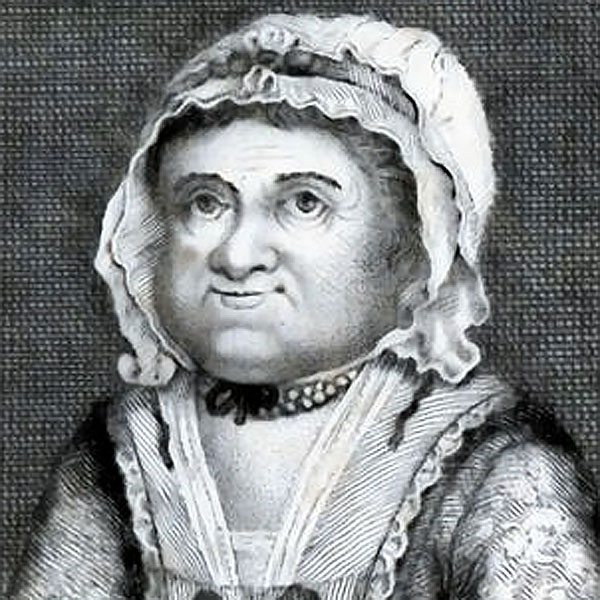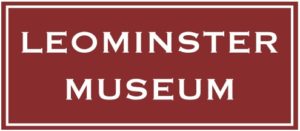Mary Marlow, About 1692–1778
Benefactor
Mary Marlow lived in the nearby village of Dilwyn but attended the Baptist Chapel in Etnam Street Leominster.
She inherited a substantial fortune from her father and a cousin and moved to Leominster. Here she provided the money to purchase a graveyard, rebuild the Chapel, and built almshouses.
She gave a significant part of her fortune to charity.

In 1696 Mr. John Davis, a man of considerable property in nearby Eardisland, gave the Baptist Congregation of Leominster a house with back buildings and garden in Etnam Street. The house was fitted for public service and part of the garden was used as a burial ground.
As the years passed numbers attending fluctuated, and when Joshua Thomas settled in Leominster as pastor in 1754 there were only 14 members in the town, with other members living some distance away. One of these was Mary Marlow.
Mary was the daughter of Isaac Marlow, a Jeweller from London. Isaac had been persecuted because of his faith in the seventeenth century to such an extent that he took refuge in Holland for a while. Isaac Marlow attended the Baptist Assembly in London in 1689, but moved to Leominster in 1700 when he retired from business, eventually settling in Solers, Dilwyn. Mary was the last survivor of the family and she continued to reside at Solers, where she was known for her generosity to the poor. At times when her charity outstripped her income she was known to limit her own expenses to relieve someone in distress.
Mary’s cousin, Jeremiah Marlow died in 1765 leaving her a legacy of over £25,000. She then moved to Townsend House in Leominster, where her care for others continued and it was said that her house was always open to strangers.
This legacy also made it possible for her to finance an extension to the graveyard and the construction of the present chapel building in Etnam Street, as well as the Manse, a stable and two almshouses. The almshouses were specifically built for use by the poor of the congregation. The previous Manse was demolished to provide space for the new buildings. After the final service at the former meeting house it was restored to its previous use as a house, but was later dismantled and reportedly reconstructed in the grounds of Lingen Hall.
The official opening of the new church building took place on 28 July 1772 exactly 116 years after the church was founded. The interior was equipped with pews and had two galleries, one of which was later removed. Mary Marlow also made other gits to the trustees for the support of the ministry in Leominster. These were said to include her father’s estate at Dilwyn and certain other properties.
Other legacies included: £2 1s 8d (£2.08) yearly for the Baptist Sunday School, 13s 10d (sixty-nine pence) to be distributed to the poor of Leominster Baptist Church, and 13s 10d (sixty-nine pence) to be distributed to the poor of the town. There here were similar donations to the poor of Dilwyn, Eardisland, and many other parishes.
Mrs Mary Marlow died in 1778 at the age of eighty-six. She was buried in the Baptist Church graveyard off Etnam Street.
This Chapel has been updated and modernised several times since its construction, and continues to be used.

